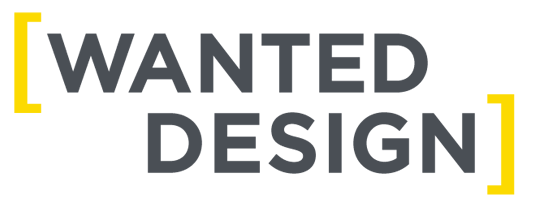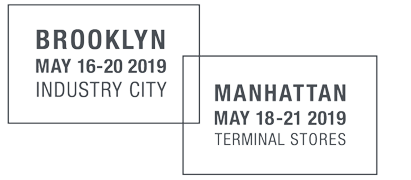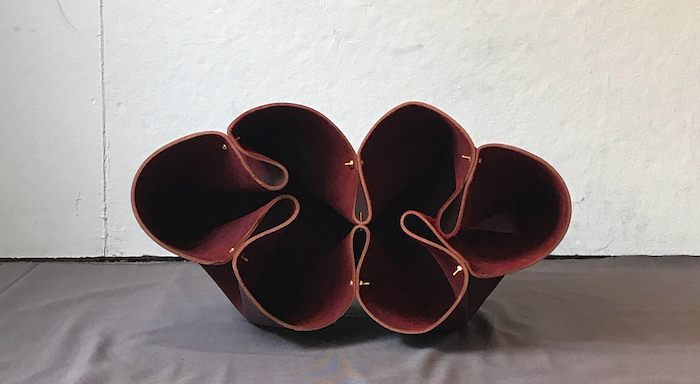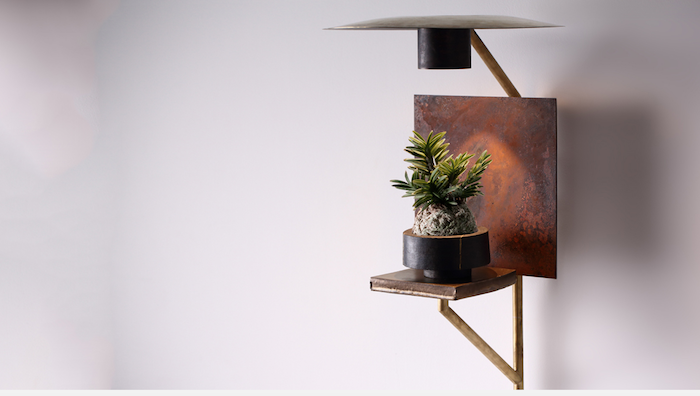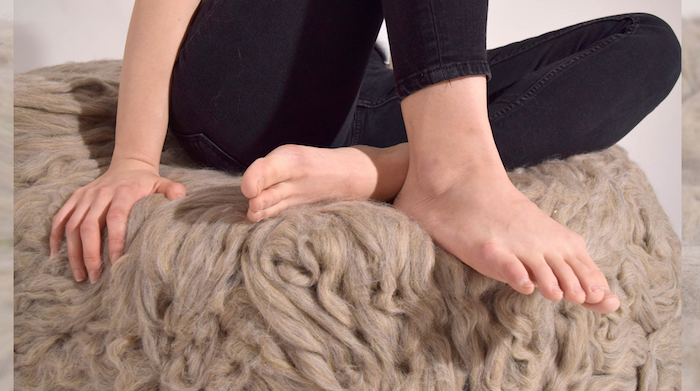Rado Star Prize Finalists and Q&A
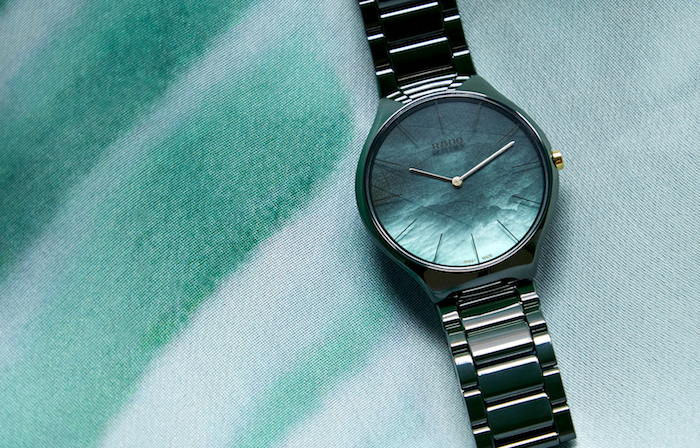
For 2018, NYCxDESIGN is pleased to have Swiss watchmaker, Rado, return as the Official Watch Sponsor of NYCxDESIGN. As part of its participation, Rado is hosting host the third stateside edition of the Rado Star Prize together with WantedDesign. This year’s theme focuses on the concept of “Design Inspired by Nature”- a theme that hopes to explore the influence nature can have on design. The winner and the other 9 finalists will be showcased at WantedDesign Manhattan. We welcome you to enjoy a Q&A with Rado’s CEO Matthias Breschan followed by an overview of the 2018 Rado Star Prize Finalists.
WantedDesign: Can you give us a little historic background about the Rado brand, and what best defines Rado today?
Matthias Breschan: The first collection was presented under the Rado name in 1957 and the brand has always had the pioneering vision of creating watches that look good for a lifetime. Having one eye on the future has always been important to Rado and has made the brand a driving force for bringing new and unconventional design and materials – including high-tech ceramic – into the watchmaking industry. It’s just one of the reasons Rado is known as the Master of Materials. Rado is best defined by its diverse and versatile collection of design-led watches that are designed to stand the test of time.
WD: Rado has been a pioneer in terms of material research and innovation: In your opinion, what has been a revolution in the world of watches?
MB: The watchmaking revolutions I believe are most important to modern wearers are the advances Rado has made through its use of high-tech materials. 1986 saw Rado use high-tech ceramic on a watch for the first time and the brand has never looked back. Since then, Rado has continued to push the boundaries to create watches that are lighter, more durable and more comfortable to wear than those made from traditional watchmaking materials. The result is the current collection that features light, durable watches in different materials, colors, finishes, shapes and sizes that appeal to a broad audience.
WD: How do you envision Rado’s contemporary products and collections?
MB: Our intention this year with the new collection is the same as our intention every year: to push the boundaries of traditional watchmaking and to continue to innovate so that Rado again produces a collection of watches that is design-led and – through our pioneering use of high-tech materials – intended to look good for a lifetime. This year, we’ve looked to Rado’s past and collected a number of diverse elements, including different high-tech materials tested previously and, with one eye on the future, have brought them together to create a collection that represents a harmonious whole.
WD: What is the process for collaborating with designers at Rado? What are the qualities you are looking for a young designer, in general, and to be a potential collaborator for Rado?
MB: As a recognized player in the design field, Rado has been fortunate to be able to work with several globally renowned designers, each of whom has unique qualities, experience, expertise and vision. Through Rado Star Prize, we receive entries from up-and-coming designers who are looking to establish themselves. All the entrants are so different that it’s difficult to be specific about qualities but they’re driven and all absolutely dedicated to design. For Rado it’s a privilege to be able to give young designers a platform to show their work and to have their voices heard.
WD: How do research, innovation and design work together at Rado?
MB: Seamlessly. At Rado creating watches that are durable, comfortable and light has always been the vision. In the past, design was often dictated by the materials until Rado achieved another breakthrough in producing or molding new materials. The watches we are able to produce now in a range of different colors and finishes, and in different shapes, sizes and thicknesses are due to lengthy and extensive research that leads to innovation. This has in-turn led to new designs being made possible and so the cycle continues: Research, innovation, design.
